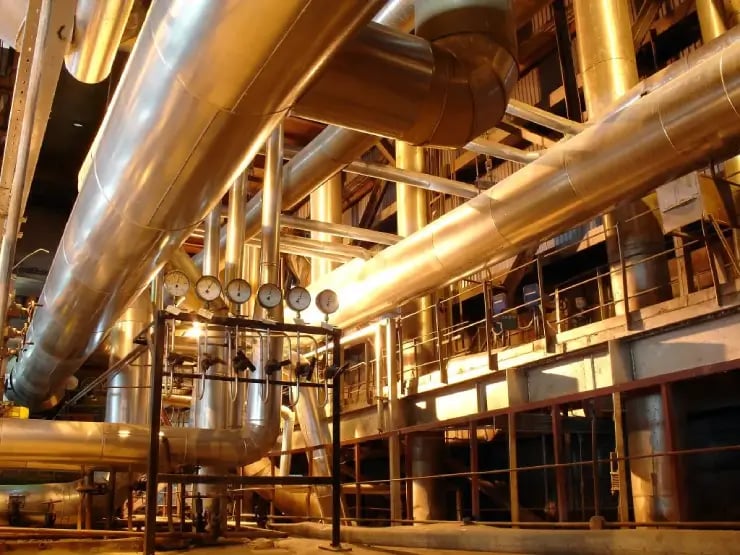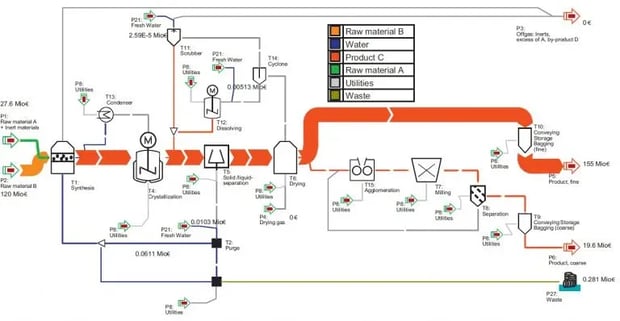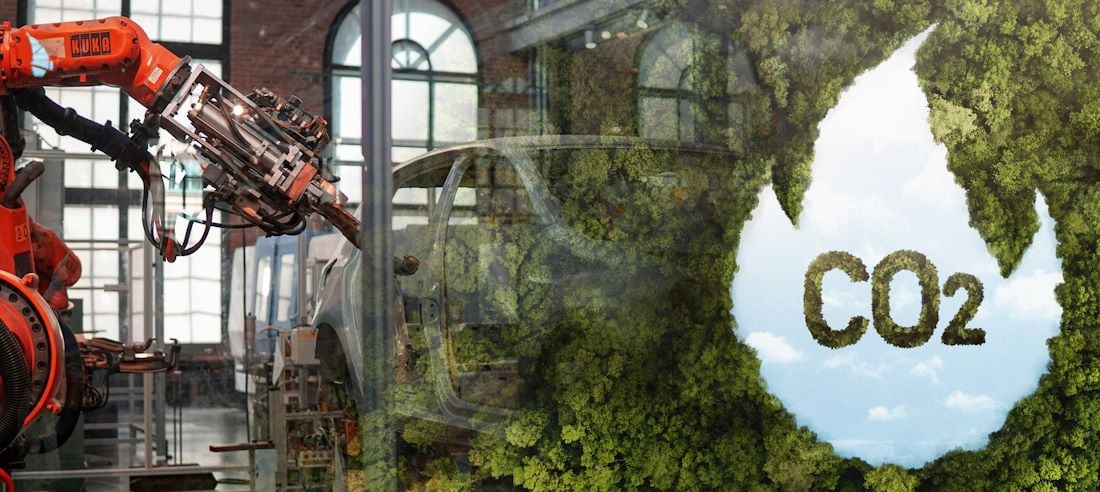I have been waiting for this for far too long, but finally it has been written and it deserves your attention: a paper on advanced material flow based systems engineering. It was published in the December issue of Computers and Chemical Engineering and is titled “Identification of economic potentials in production processes: An industrial case study“. The paper describes the approach used by BASF to process-systems engineering and, in particular, to assess process improvements and innovations. Are you wondering why I’m enthusiastic about this paper although it sounds rather technocratic, if not to say boring? Very simple. The paper highlights the full potential and the wide-ranging applicability of material flow modeling. Material flow models do not only support environmental decision making and life cycle assessment, they actually provide architecture for cutting edge engineering and production system planning and improvement. But let’s take a look at the paper’s storyline.
The three authors, all working at BASF headquarters in Ludwigshafen, Germany, first explained why improving a process or even innovating a new or better one is a significant challenge for engineers. Engineers and production managers need to understand if and why process improvements or innovations are required and how dedicated process(es) are embedded in supply chain structures and plant interactions. They furthermore need to decide when their own assessment of improvement options has reached a level of reliability that allows the involvement of other management functions leading to more formalized financial and risk assessment procedures and detailed planning.
The BASF three stage approach to process improvement
BASF’s analysis of process improvement potentials is a three stage process:
- The first stage features a production cost analysis of a process that needs improvement or faces replacement. The most important cost items and levers for cost reduction are identified.
- The second stage asks for the ideal process and distinguishes two types of potential improvement: ideal process technology (i.e. zero waste, no raw material excess, etc.) and ideal chemical reaction (i.e. no by-products and minimal possible raw material usage). The latter implies more radical changes and is required if technology improvements alone are insufficient.
- The third stage assesses these improvement options in terms of material and energy flows and related costs. BASF uses Umberto software to conduct these assessments. If the assessment results are promising, the improvement options are proposed as investment options and fed into formal financial appraisal and detailed planning processes.
The case study
The paper exemplifies the approach using a typical chemical production unit in which two raw materials and an inert material are converted into a main product, additional by-products and waste streams. The unit consists of several processes, like synthesis, crystallization, separation, drying, milling, and dissolving that also involve material loops.
Fig.1 Sankey chart of mass and utility flows prior to process improvement, © BASF SE; Reproduction by courtesy of BASF SE
The production unit was considered no longer profitable due to its small contribution margin of about 2.5%. Hence a three stage process improvement assessment was conducted to reduce production costs and the following findings were obtained:
- The production cost analysis revealed a rather typical manufacturing cost structure with no significant deviation from other processes and no outstanding cost component which could be tackled with priority. Not unexpectedly, the highest proportion of production cost was material cost.
- The evaluation of ideal processes revealed promising improvement potentials for both technology optimization as well as alternative chemistry, leading to potential production cost reductions of 10% and 30% respectively.
Some findings of the material, energy and cost flow analysis are depicted in the Sankey diagrams in Figures 1 to 3. Figure 1 visualizes the status quo of the unit’s material flows and Figure 2 reveals the related annual production costs. Analysis of these diagrams along with the underlying process specifications and cause and effect relationships led to several suggestions for improvements. The most promising one was the idea of recovering product losses from the purge stream that was being treated as waste. This idea is depicted in the cost diagram in Figure 3 where you might notice the additional stream in the lower left corner that recycles some former product loss back to synthesis. Unfortunately, the authors did not provide much information on this recovery process, most likely due to confidentiality reasons. However, the effect of this material recovery is clearly visible. Raw material costs are reduced substantially (compare P1 and P2 on the left side of Figure 1 and 3) and hence production and even waste treatment costs go down as well (compare P5, P6, and P27 on the right side of both figures).
Fig. 2 Sankey chart of material flow based costs prior to process improvement, © BASF SE; Reproduction by courtesy of BASF SE
Fig. 3 Sankey chart of material flow based costs after process improvement, © BASF SE; Reproduction by courtesy of BASF SE
In sum, the three stage improvement assessment helped BASF identify options to increase the contribution margin within that particular unit to competitive levels. The paper concludes with several useful suggestions for furthering the material flow modeling approach, including better integration of process simulation and flow-sheet optimization tools.
Environmental assessments as ‘by-products’ of sound material flow modeling
To conclude this review, I’ll highlight an important ‘by-product’ of the BASF approach to process improvement and innovation. The case study reveals lower demand for raw material consumption, which in turn indicates higher resource efficiency during the production process, as well as smaller carbon footprints and less environmental impacts within the supply chain. This by-product is certainly a desired one and highlights the need for an integrated approach to material flow modeling and analysis: Ideally, one material flow model can be used to support decision making for productivity and efficiency, for environmental performance, and for overall sustainability throughout the life cycle and supply chain. In this case, the engineering excellence presented by BASF goes hand in hand with environmental and sustainability achievement. Do you share my enthusiasm now?








